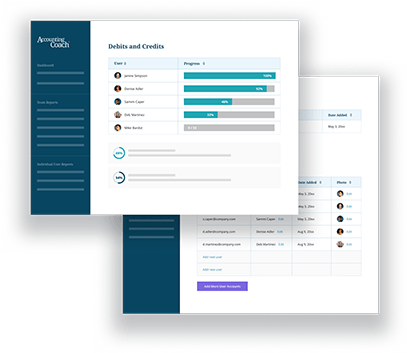The terms phantom profits or illusory profits are often used in the context of inventory (but can also pertain to depreciation) during periods of rising costs. The amount of phantom or illusory profit is the difference between the profit reported using historical cost—as required by generally accepted accounting principles (GAAP)—and the profit that would have been reported if replacement cost had been used.
For example, Company X sells products that are petroleum based. The historical cost using the first-in, first-out (FIFO) cost flow might have resulted in $100 per unit appearing as the cost of goods sold on the recent income statement. Had the replacement cost of the product been used, the cost of goods sold might have been $145. Assuming the product was sold for $165, the financial statements will report a gross profit of $65 ($165 minus $100). If replacement cost would have been allowed and used, the gross profit would be $20 (selling price of $165 minus the replacement cost of $145). The amount of phantom or illusory profit was $45 ($65 reported minus $20 measured using replacement cost). An economist would argue that you must first replace the item before you can measure the profit. GAAP doesn’t allow the use of replacement cost since that violates the (historical) cost principle.
During periods of inflation the amount of phantom or illusory profits will be reduced if the last-in, first-out (LIFO) cost flow assumption is used. The reason is that the last or more recent cost is closer to the replacement cost.
A similar situation occurs with depreciation. Under GAAP the amount of depreciation expense reported in the financial statements is based on the historical cost of the asset and is not based on the asset’s replacement cost. For example, an electric utility is depreciating (and usually charging its customers) the original cost of a power plant until the plant is fully depreciated. However, the utility is using up the economic capacity of that plant and the economic capacity might have a replacement cost that is three times as much as the plant’s original cost. The utility (or any manufacturer depreciating productive assets) will be reporting higher profits using depreciation expense based on old low cost instead of current replacement cost. The resulting higher profits (the difference between the depreciation under GAAp versus the depreciation based on replacement cost) are phantom or illusory profits.




